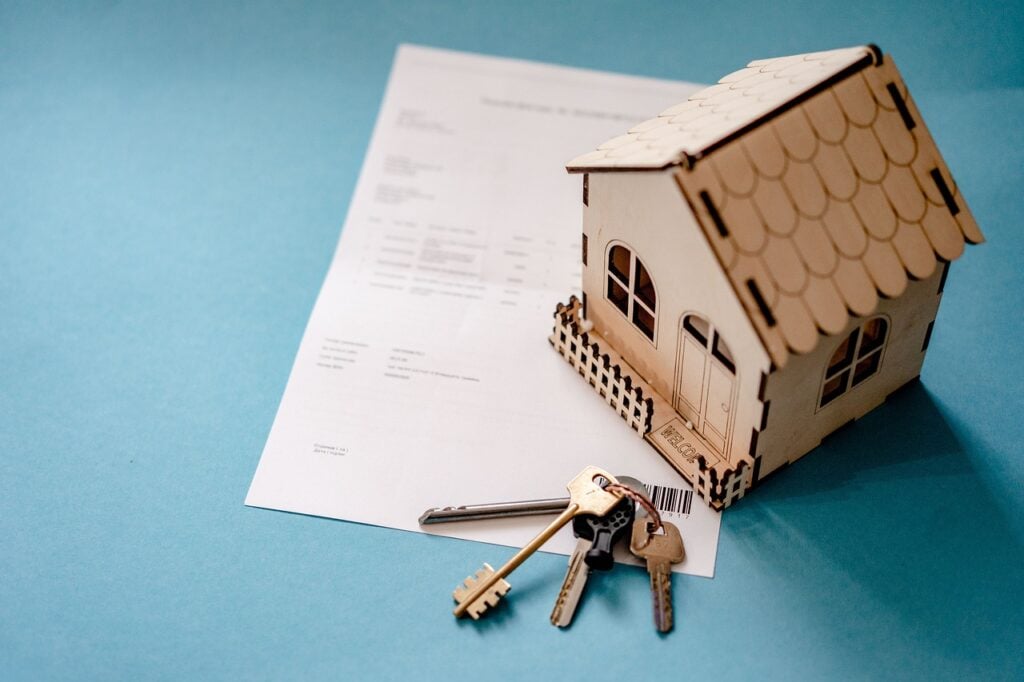Get Expert Financing
- Matched with investor-friendly lenders
- Fast pre-approvals-no W2s required
- Financing options fro rentals, BRRRR, STRs
- Scale your portfolio with confidence
This comprehensive guide provides educational information about Green Building Financing for borrowers interested in energy-efficient loans. MyPerfectMortgage.com is not a lender and does not make credit decisions. We connect qualified borrowers with our network of specialized lenders who can evaluate your specific situation. All loan terms, rates, and requirements are determined by individual lenders and subject to their approval processes.
Property owners face a growing challenge: energy costs continue to surge while environmental regulations tighten across the nation. In 2024, green bond issuance reached an all-time quarterly record of $195.9 billion in Q1 alone, signaling unprecedented investor interest in sustainable building solutions. The reality is stark: traditional buildings consume 40% of U.S. energy annually, translating to thousands of dollars in unnecessary costs for property owners who haven’t embraced energy-efficient upgrades.
Green building financing offers a compelling solution to this crisis. These specialized loans provide property owners access to capital for energy-efficient improvements while often securing more favorable interest rates than conventional financing. With the sustainable loan market growing by 21% in 2024 to reach $638 billion, forward-thinking property owners are positioning themselves to benefit from both immediate cost savings and long-term asset value protection.
Traditional building practices create a financial burden that compounds year after year. Commercial and residential properties built without energy efficiency standards typically consume 30-50% more energy than their green counterparts. For a typical commercial property, this translates to $2-4 per square foot in additional annual energy costs.
The regulatory landscape is shifting rapidly. New environmental mandates require stricter building performance standards, emissions reduction targets, and comprehensive sustainability reporting. Properties that fail to meet these evolving standards face declining market values and potential regulatory penalties. The Building Resilience Index and similar benchmarking tools are becoming standard requirements for property transactions and refinancing.
Energy-inefficient buildings also struggle with higher maintenance costs, reduced tenant satisfaction, and difficulty attracting quality renters or buyers. As corporate sustainability initiatives expand, businesses increasingly seek LEED-certified or ENERGY STAR-rated buildings, leaving traditional properties at a competitive disadvantage.
Market data reveals that certified green buildings command rental premiums of 3-7% and sales premiums of 5-10% compared to conventional properties. This value gap continues to widen as sustainability awareness grows among tenants, buyers, and investors.
Several financing options support energy-efficient property improvements, each designed to address specific project needs and borrower profiles.
Fannie Mae Green Financing Programs provide competitive rates and enhanced loan-to-value ratios for multifamily properties pursuing energy efficiency upgrades. The Green Rewards program offers interest rate reductions for properties that achieve specific energy savings targets, while Preservation Plus supports affordable housing green improvements.
PACE Financing (Property Assessed Clean Energy) enables property owners to finance energy improvements through special assessments on their property tax bills. This innovative structure allows 100% upfront financing with repayment terms extending 15-25 years. PACE programs are available in over 35 states and have funded billions in energy efficiency projects.
Green Home Loans for residential properties often feature reduced interest rates, higher debt-to-income ratio allowances, and streamlined approval processes. Many lenders offer “greeniums” – favorable rate adjustments of 5-15 basis points for certified energy-efficient homes.
Green Bonds and ESG Loans provide larger-scale financing for commercial developments. These instruments have reached record volumes, with green loans accounting for $162 billion in 2024 alone, representing 31% growth from the previous year.
| Financing Type | Typical Rate Advantage | Maximum Loan Amount | Repayment Terms |
|---|---|---|---|
| Fannie Mae Green | 0.10-0.25% reduction | Up to $100M+ | 5-35 years |
| PACE Financing | Tax-advantaged | 100% project cost | 15-25 years |
| Green Home Loans | 0.05-0.15% reduction | Conforming limits | 15-30 years |
| Commercial Green Bonds | 0.05-0.20% reduction | $50M+ | 10-30 years |
Regional incentive programs complement federal offerings. State-specific green loan programs, utility rebates, and tax credit combinations can significantly reduce project costs. Some regions offer loan guarantee programs that enable borrowers to access green financing with reduced down payment requirements.
Green building financing requires specific documentation and certification standards. Properties must typically achieve third-party verification through programs like LEED, ENERGY STAR, or regional equivalents. The certification process involves energy audits, performance modeling, and ongoing monitoring requirements.
Documentation Requirements include energy efficiency studies, contractor certifications, project cost estimates, and environmental impact assessments. Borrowers must demonstrate that improvements will achieve measurable energy savings, typically 15-30% reduction in energy consumption.
Ongoing Compliance Obligations are critical for maintaining loan benefits. Many programs require annual energy performance reporting, maintenance of certification standards, and periodic third-party inspections. Failure to meet these requirements can result in interest rate adjustments or accelerated repayment demands.
Loan-to-Value Enhancements for green properties often allow borrowers to finance 90-95% of project costs, compared to 70-80% for conventional improvements. This enhanced lending capacity reflects the proven performance and reduced risk profile of energy-efficient properties.
Successful applicants typically demonstrate strong credit profiles, detailed project planning, and commitment to long-term sustainability practices. Lender partnerships with green building consultants can streamline the approval process and ensure compliance with program requirements.
The Open Green Loan Principles framework provides standardized approaches for evaluating Environmental, Social, and Governance (ESG) factors in lending decisions. This framework enables more sophisticated financing structures that align loan terms with sustainability performance metrics.
Performance-Linked Financing ties interest rates to actual energy savings achieved. Properties that exceed target efficiency gains can qualify for additional rate reductions, while underperforming properties may face rate adjustments. This structure incentivizes ongoing operational excellence and continuous improvement.
Portfolio Approaches allow property owners with multiple buildings to combine projects under single financing facilities. This strategy reduces transaction costs and enables cross-collateralization benefits for experienced green building developers.
Retrofit-Specific Programs focus on upgrading existing properties rather than new construction. These programs often feature expedited approval processes and recognize the unique challenges of improving older buildings while maintaining operational continuity.
Technology integration enhances green financing effectiveness. Smart building systems, energy management platforms, and IoT monitoring enable real-time performance tracking and automated compliance reporting, reducing administrative burden while improving lender confidence.
Green building loans typically offer interest rate reductions of 5-25 basis points (0.05%-0.25%) compared to conventional financing, with the exact advantage depending on property type, certification level, and lender program.
The certification process typically requires 3-6 months for new construction and 2-4 months for existing building improvements, depending on the certification program and project complexity.
Yes, many lenders offer green refinancing options for properties that achieve energy efficiency certifications post-closing or combine refinancing with efficiency improvement projects.
The green building financing landscape offers unprecedented opportunities for property owners ready to embrace energy efficiency. With record-breaking investment flows and expanding program options, the current market conditions favor borrowers who act decisively.
MyPerfectMortgage.com’s network includes specialized lenders who understand the unique requirements and benefits of green building financing. These experts can evaluate your specific property and project goals to recommend optimal financing structures that maximize both cost savings and environmental impact.
Don’t let rising energy costs and tightening regulations diminish your property’s value and profitability. The transition to energy-efficient operations is no longer optional for forward-thinking property owners.
[Explore Green Financing Options]
Connect with our green building financing specialists today to discover how energy-efficient property loans can transform your real estate portfolio while securing your competitive advantage in an increasingly sustainability-focused market.
Our advice is based on experience in the mortgage industry and we are dedicated to helping you achieve your goal of owning a home. We may receive compensation from partner banks when you view mortgage rates listed on our website.


